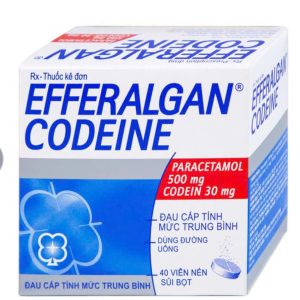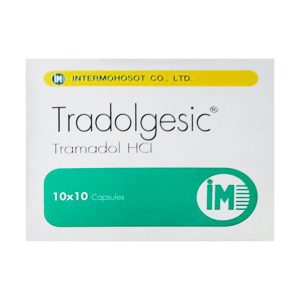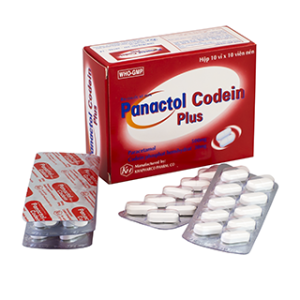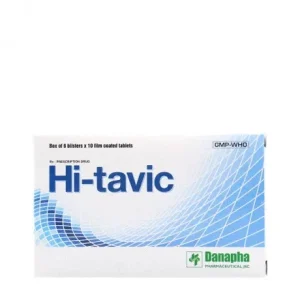We deliver to you every day from 7:00 to 23:00
The best discounts this week
Every week you can find the best discounts here.
Painkiller Overdose: What You Need to Know
Painkiller overdose is a serious medical condition that can lead to life-threatening consequences. While painkillers are an essential part of managing pain, especially chronic or post-surgical pain, taking too much can have severe effects on the body. In this article, we will explore the dangers of painkiller overdose, the symptoms to look for, how to prevent it, and the steps to take if you or someone you know experiences an overdose.

What is Painkiller Overdose?
A painkiller overdose occurs when an individual takes more than the recommended dose of pain-relieving medication, either accidentally or intentionally. Painkillers come in various forms, including opioids, NSAIDs (nonsteroidal anti-inflammatory drugs), and acetaminophen. Each type of painkiller works differently in the body, and overdosing on any of them can cause serious health complications.
Opioid Overdose
Opioids are powerful painkillers used to treat severe pain, such as after surgery or injury. Common opioids include morphine, codeine, hydrocodone, and oxycodone. Overdose of opioids is particularly dangerous because they can slow down breathing and lower heart rate, leading to a fatal respiratory depression.
NSAID Overdose
NSAIDs like ibuprofen, naproxen, and aspirin are commonly used for mild to moderate pain and inflammation. While they are less likely to cause immediate life-threatening effects, overdosing on NSAIDs can lead to kidney damage, ulcers, and bleeding.
Acetaminophen Overdose
Acetaminophen, found in products like Tylenol, is used for mild pain and fever relief. Overdosing on acetaminophen is particularly dangerous as it can lead to liver failure and require a liver transplant. It’s critical to follow the recommended dosage to avoid toxicity.
Symptoms of Painkiller Overdose
Recognizing the symptoms of a painkiller overdose is essential for early intervention. Depending on the type of painkiller involved, symptoms may vary. Here are some general symptoms to watch for:
-
Nausea and vomiting
-
Dizziness or confusion
-
Extreme drowsiness or inability to stay awake
-
Slow or shallow breathing
-
Blue or pale skin, especially around the lips and fingertips
-
Slurred speech
-
Loss of consciousness
-
Seizures (in severe cases)
If you or someone you know is showing any of these symptoms after taking painkillers, seek immediate medical attention.

How to Prevent Painkiller Overdose
Preventing painkiller overdose involves both proper medication management and being aware of potential risks. Here are some essential steps to help prevent overdose:
1. Follow Prescribed Dosages
Always follow your doctor’s or pharmacist’s instructions when taking painkillers. Never take more than the recommended dose, even if your pain feels unmanageable.
2. Avoid Mixing Painkillers
Taking multiple painkillers simultaneously, especially opioids and benzodiazepines (anti-anxiety medications), increases the risk of overdose. Talk to your healthcare provider before combining medications.
3. Store Medications Safely
Store painkillers in a secure location, out of reach of children or anyone who may misuse them. Additionally, dispose of unused medications properly to avoid accidental overdoses.
4. Be Mindful of Alcohol Consumption
Drinking alcohol while taking painkillers, especially opioids and acetaminophen, can significantly increase the risk of overdose. Alcohol can enhance the sedative effects of painkillers and can cause respiratory depression when combined with opioids.
5. Use Alternative Pain Relief Methods
If possible, explore non-medication options for pain management, such as physical therapy, acupuncture, or mindfulness meditation. These methods may help reduce reliance on painkillers.
What to Do in Case of Painkiller Overdose
If you suspect someone has overdosed on painkillers, it’s critical to act quickly. Here are the immediate steps you should take:
1. Call Emergency Services
Dial your local emergency number immediately. Provide as much information as possible, such as the type of painkiller taken, the amount, and when it was consumed.
2. Administer Naloxone (If Available)
If the overdose is caused by an opioid, administering naloxone (Narcan) can reverse the effects of the overdose. Naloxone is available as an injection or nasal spray and can be life-saving when used promptly.
3. Monitor Breathing and Heart Rate
If the person is unresponsive and not breathing, initiate CPR (cardiopulmonary resuscitation) if you are trained. Try to keep the person awake and alert until medical help arrives.
The Dangers of Painkiller Addiction and Overuse
One of the leading causes of painkiller overdose is addiction or misuse of the medication. Opioid addiction, in particular, has become a significant public health issue. Many individuals who suffer from chronic pain may develop a tolerance to the medication, requiring higher doses to achieve the same effect. This escalation in dosage can result in accidental overdose.
If you or a loved one is struggling with painkiller addiction, it’s crucial to seek professional treatment. Medications like methadone and buprenorphine can help manage withdrawal symptoms and prevent overdose while reducing the need for illicit substances.
FAQs About Painkiller Overdose
1. How much painkiller can lead to an overdose?
The amount of painkiller that leads to an overdose varies depending on the type of medication, the individual’s health, and other factors. It is essential to follow the prescribed dosage and never exceed the recommended amount.
2. Can overdose occur with over-the-counter painkillers?
Yes, even over-the-counter painkillers like acetaminophen and ibuprofen can lead to overdose if taken in excessive amounts. Acetaminophen overdose can cause liver damage, while NSAID overdose can harm the kidneys and stomach lining.
3. Can painkiller overdose be fatal?
Yes, painkiller overdose can be fatal, especially with opioids and acetaminophen. Respiratory depression caused by opioid overdose or liver failure from acetaminophen overdose can be life-threatening without prompt medical treatment.
4. How long does it take for painkiller overdose symptoms to appear?
The symptoms of painkiller overdose can appear within minutes to hours after ingestion, depending on the type of medication and the amount taken. Opioids typically show symptoms faster than NSAIDs or acetaminophen.
5. Can I recover from a painkiller overdose?
Recovery from a painkiller overdose depends on the severity of the overdose and how quickly medical intervention is provided. Timely treatment can improve the chances of survival and recovery.
Conclusion
Painkiller overdose is a serious medical emergency that requires immediate attention. By understanding the risks of overdose, recognizing symptoms, and following safe medication practices, you can protect yourself and others from harm. If you or someone you know struggles with painkiller addiction or misuse, seeking professional help is vital.
Always remember that pain relief should be approached responsibly, and non-medication alternatives should be considered when appropriate. If in doubt, consult with a healthcare provider to ensure the safest pain management strategies.












